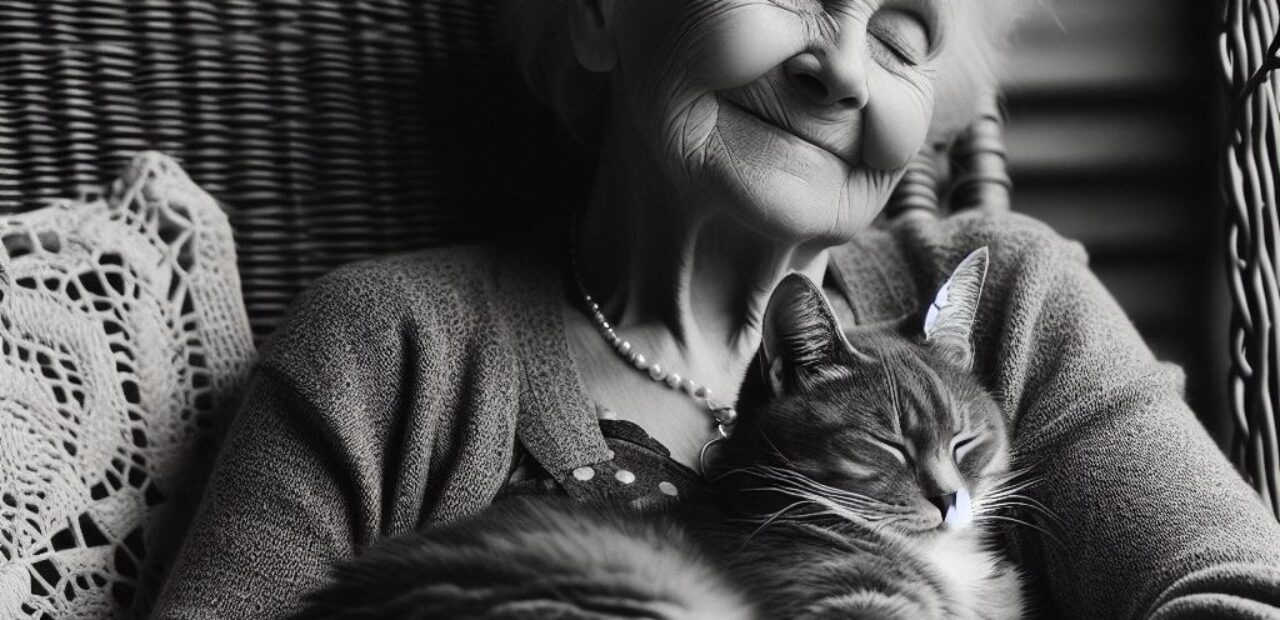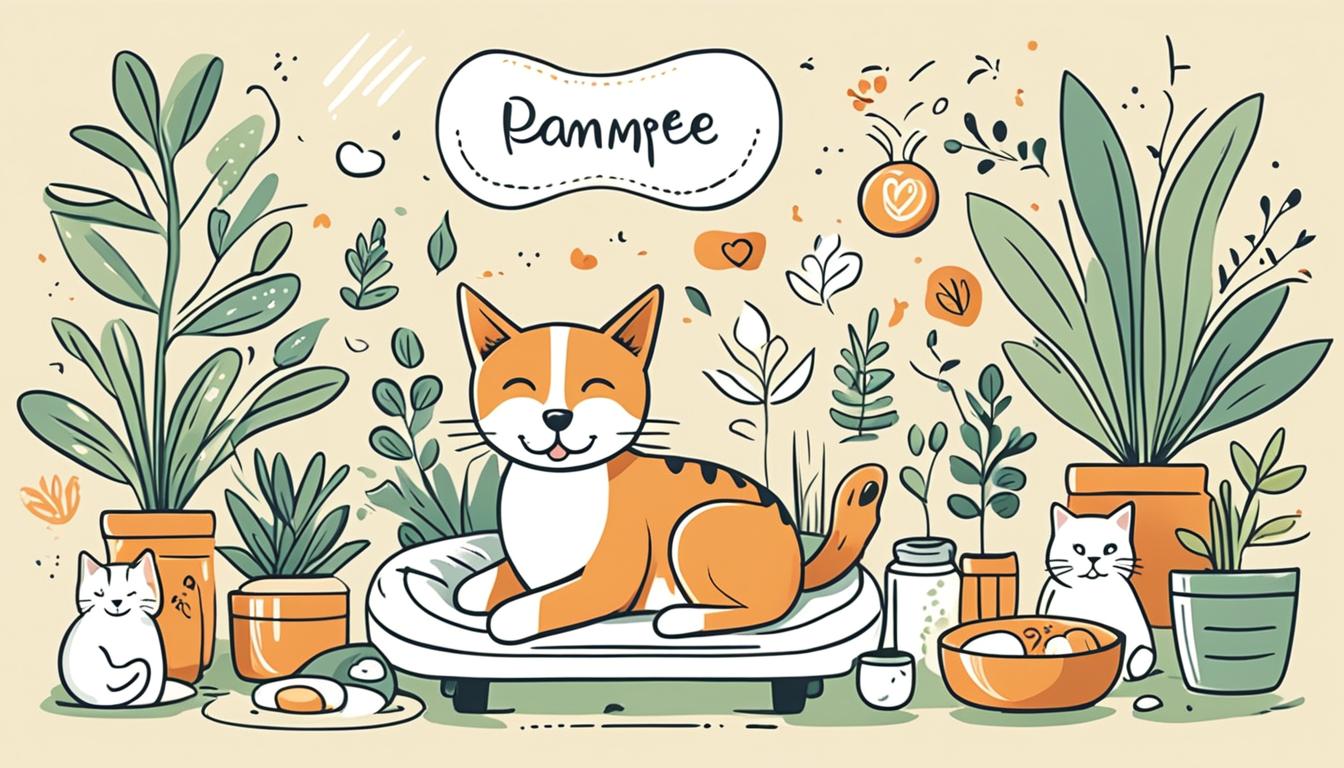Building Strong Bonds: Understanding Cats and Their Affinity
Understanding cats involves recognizing their behaviors, preferences, and personalities. Bonding through playtime, treats, and creating a positive environment strengthens the connection. Aligning your behavior with a cat’s preferences, respecting boundaries, and using positive reinforcement are vital. Observing cat behavior, communication cues, and body language help deepen the bond. Engaging in interactive play sessions based on the breed’s tendencies fosters strong relationships. Consistent care, recognizing emotional needs, and spending quality time establish trust. Interpreting feline cues, recognizing bonding signals, and strengthening connections enhance the bond. Developing these skills will deepen your understanding of cats and their affinity.
Key Takeaways
- Understanding cat behavior and preferences is crucial for building strong bonds.
- Bond through playtime and treats to strengthen the connection.
- Tailor interactions based on cat personalities for better bonding.
- Recognize and respect a cat’s likes and dislikes to foster affinity.
- Create a positive environment to build trust and understanding with your cat.
Factors Influencing Cat Bonding
When considering the factors that influence the bonding between cats and people, understanding the behavior and preferences of cats plays a pivotal role in fostering a strong and lasting connection. Bonding through playtime and treats is essential, as cats appreciate individuals who engage them in interactive sessions and provide tasty rewards.
Moreover, comprehending cat personalities is crucial since different breeds and individual cats exhibit varying traits and temperaments. By recognizing a cat’s likes and dislikes, one can tailor interactions to suit their preferences, thus strengthening the bond.
Creating a positive environment where cats feel secure and valued significantly contributes to building a harmonious relationship based on trust and mutual understanding.
Ideal Characteristics for Cat Bonding
Understanding the ideal characteristics that facilitate bonding with cats involves recognizing the importance of aligning one’s behavior and approach with the preferences and communication cues of these feline companions. Cat personality traits play a significant role in bonding, as each cat has distinct likes and dislikes.
Building trust and affection in cats requires patience, empathy, and a deep understanding of the individual cat’s needs. By being attentive to cues like body language, vocalizations, and response to touch, one can strengthen the bond with their cat.
Respect for the cat’s boundaries, preferences in petting areas, and the provision of a safe and comfortable environment are key factors in fostering a strong and lasting bond with these unique and independent animals.
Cat Bonding Behavioral Cues
Observing a cat’s behavior can reveal valuable insights into their emotional state and level of comfort in a particular environment. Bonding through play is a significant aspect of cat behavior that strengthens the connection between cats and their human companions. Engaging in interactive play sessions, such as using toys or engaging in chase games, helps build trust and create positive associations.
Communication cues play a crucial role in understanding a cat’s feelings and intentions. Cats use various cues like vocalizations, body language, and facial expressions to convey their emotions and needs. Being attentive to these cues and responding appropriately can deepen the bond between a cat and their caregiver, fostering a harmonious relationship based on understanding and trust.
Bonding With Different Cat Breeds
Bonding with different cat breeds requires an understanding of their unique characteristics and communication styles to establish a strong and harmonious relationship.
Bonding Techniques:
- Engage in interactive play sessions to build a bond based on activity.
- Respect their boundaries and preferences for physical affection.
- Use positive reinforcement like treats to reinforce good behavior.
Each cat breed has its preferences when it comes to bonding. Some may prefer more interactive play, while others enjoy quiet companionship. Understanding these breed tendencies can help tailor your approach to strengthen the bond effectively. By adapting your bonding techniques to suit the specific characteristics of different cat breeds, you can create a deeper connection and mutual understanding.
Establishing Trust and Emotions
To cultivate a strong and lasting bond with your feline companion, establishing trust and understanding their emotions is paramount. Building a connection with your cat involves various trust-building techniques and recognizing emotional connections.
| Trust Building Techniques | Emotional Connections |
|---|---|
| Consistent Care | Recognizing Body Language |
| Respect Boundaries | Understanding Vocal Cues |
| Providing Safe Environment | Acknowledging Behavioral Patterns |
| Positive Reinforcement | Responding to Emotional Needs |
| Spending Quality Time | Building Mutual Trust |
Recognizing Cat Bonding Signals
Understanding the subtle cues and gestures that cats display can provide valuable insights into the depth of their emotional connection with their human companions.
- Interpreting feline cues can help decipher a cat’s feelings and strengthen the bond.
- Recognizing behaviors like rubbing against you, kneading, and purring signifies affection and contentment.
- Strengthening connections through play is vital; engaging in interactive play sessions helps build trust and deepen the bond.
Strategies for Maintaining Bond
Establishing a consistent routine that incorporates play, rest, and affection is key to nurturing and strengthening the bond with your feline companion. Bonding through play and rewarding positive behavior reinforces the connection between you and your cat.
Understanding communication cues, such as body language and vocalizations, helps in responding appropriately to your cat’s needs for affection. Providing a safe and comfortable environment where your cat can relax and feel secure is essential for maintaining a strong bond.
Offering treats, gentle petting in preferred areas, and engaging in interactive play sessions all contribute to fostering a deep connection with your furry friend. By respecting your cat’s boundaries and preferences while actively engaging in bonding activities, you can ensure a harmonious and fulfilling relationship.
Balancing Interaction for Strong Bonds
Achieving a harmonious bond with your cat involves maintaining a balanced level of interaction that respects their boundaries and preferences.
- Playtime routines: Engage in interactive play sessions that cater to your cat’s interests and energy levels.
- Communication cues: Pay attention to your cat’s body language, vocalizations, and facial expressions to understand their needs and feelings.
- Respecting boundaries: Allow your cat to have space when needed, avoiding overwhelming them with excessive attention.
Frequently Asked Questions
Can a Cat’s Breed Impact How Easily They Bond With Humans?
A cat’s breed can impact how easily they bond with humans. Breed influence plays a role in bonding dynamics, with specific breeds like Russian Blue and Siamese known for distinct personality traits and bonding styles, affecting affinity levels.
How Can a Person Tell if a Cat Prefers Physical Affection or Verbal Reassurance for Bonding?
To discern if a cat prefers physical affection or verbal reassurance for bonding, observe its body language cues like purring, rubbing, or tail position. Building trust through respecting boundaries and using appropriate communication methods is key to understanding a cat’s preference.
Do Cats Bond Differently With Children Compared to Adults?
Cats may bond differently with children compared to adults due to varying playtime dynamics and communication cues. Understanding these distinctions is vital for fostering healthy relationships, ensuring mutual respect, and enhancing the overall bond between cats and individuals.
Are There Specific Environmental Factors That Can Hinder the Bonding Process With a Cat?
Environmental stressors, such as loud noises or changes in routine, can hinder cat bonding. Socialization challenges, like limited exposure to humans or other animals early in life, may impede trust-building. Implementing patience, consistency, and positive reinforcement can help overcome bonding obstacles.
Can a Cat’s Past Experiences or Trauma Affect Their Ability to Form Strong Bonds With People?
A cat’s past experiences or trauma can profoundly impact their ability to form strong bonds with people. Trust issues may arise, necessitating patience and understanding. Behavioral therapy can help address these challenges, fostering a secure and lasting connection.
Conclusion
In the intricate dance of feline companionship, understanding the complexities of cat behavior is essential for fostering strong bonds. By observing cues, respecting boundaries, and engaging in mindful interaction, one can cultivate a harmonious relationship with their feline companion.
Just as a delicate flower requires gentle care and attention to bloom, so too does the bond between a cat and their human counterpart flourish with patience and understanding.
















